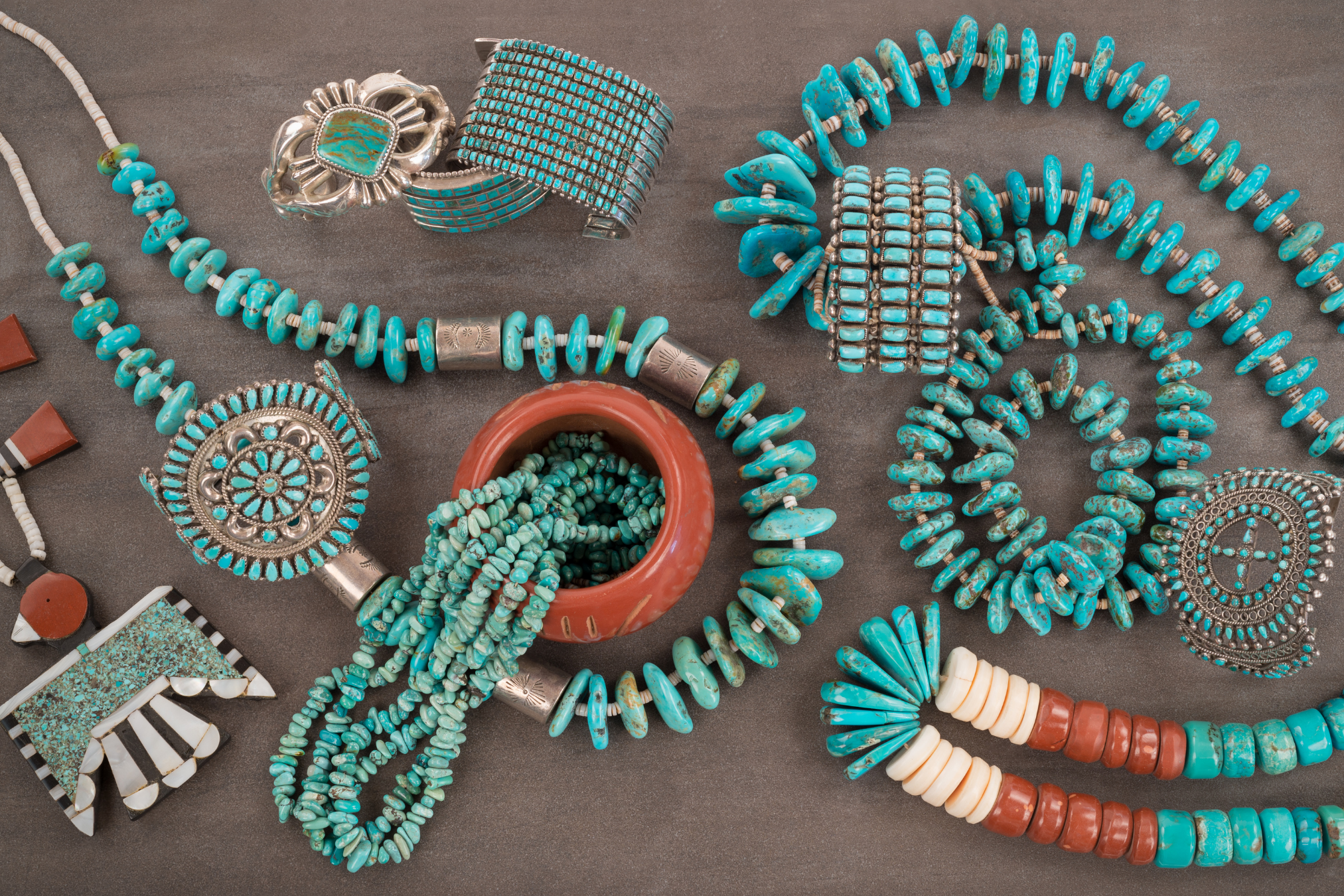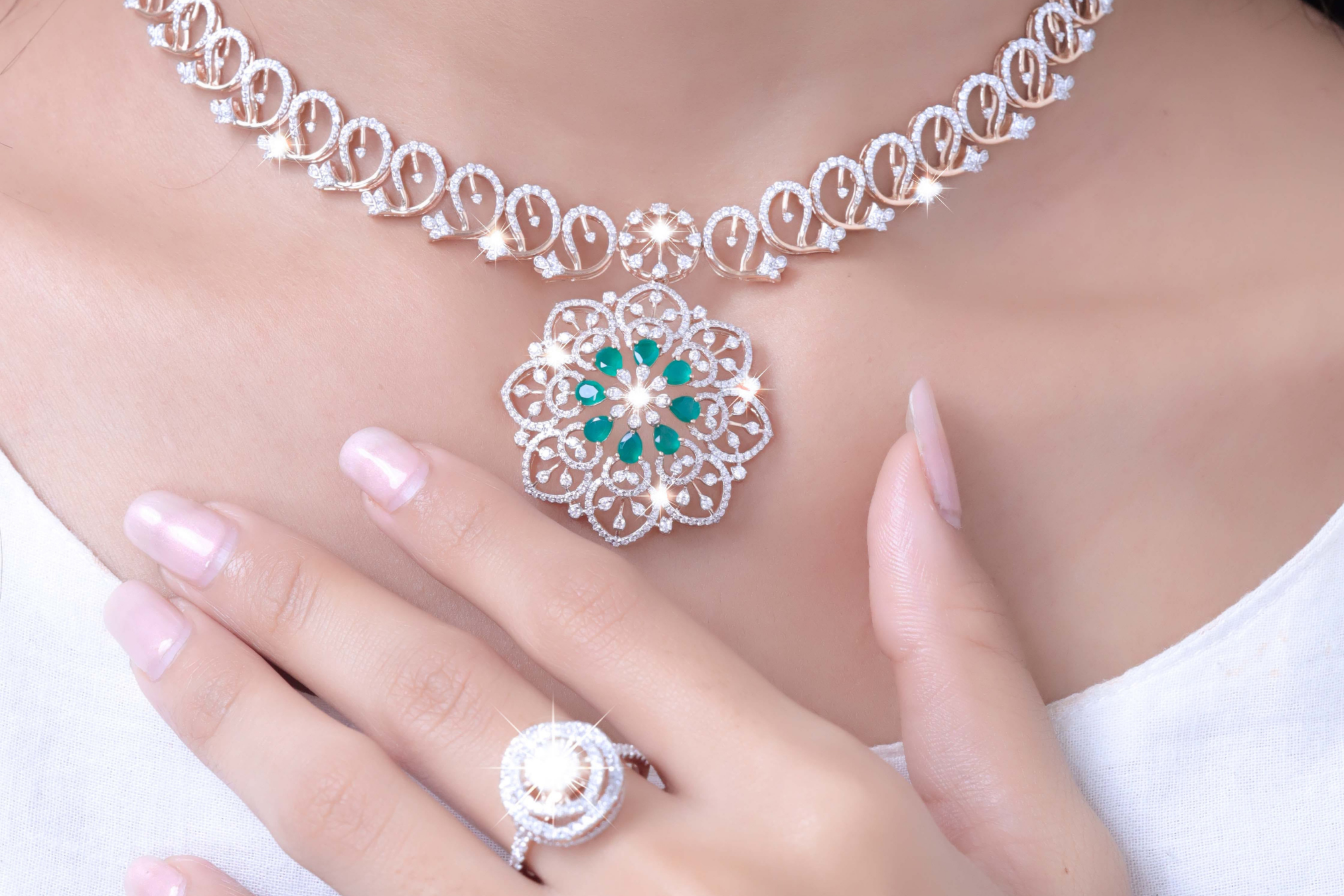
Conflict-Free and Ethical Jewelry: Shining a Light on Responsible Practices
With its long history of use as a status, status-related, and fashion statement, jewelry has a distinct position in human culture. But underneath the shiny exterior sits a sector with a troubled ethical past. The jewelry industry's reputation has been damaged by conflict diamonds, child labor, environmental degradation, and unjust labor practices. The idea of conflict-free and ethical jewelry has evolved as a solution to these problems, giving buyers the chance to wear lovely works of art with a clear conscience. This article delves into the realm of ethical and conflict-free jewelry, highlighting the significance of ethical behavior and its effects on both the marketplace and the environment.
Conflict-Free Jewelry
The term "conflict-free jewelry," which is frequently used in reference to diamonds, describes precious metals and gemstones that are obtained and traded without causing armed conflict or violating human rights. When it was discovered that diamonds were being used to finance violent wars in Africa throughout the 1990s, the term "conflict diamonds" became well-known. These diamonds, also known as "blood diamonds," were mined in violent and exploitative circumstances.
The Kimberley Process Certification Scheme was formed by the world community as a response to this crisis in order to control the sale of rough diamonds and keep them out of legal markets. In order to assure customers that their purchase does not contribute to bloodshed or human suffering, conflict-free diamonds are verified as coming from nations that abide by these rules.
Ethical Jewelry
Beyond conflict-free diamonds, a wider range of factors are taken into account while creating ethical jewelry. It tackles the ethical and environmentally responsible sourcing of all jewelry-related materials, including metals, stones, and even the production of jewelry itself. The creation of ethical jewelry puts social and environmental responsibility first, guaranteeing that it has a good effect on both people and the environment.
Key Principles of Ethical Jewelry:
Fair Labor Practices: Workers who create ethical jewelry are paid a living wage, treated fairly, and given secure working circumstances. It rejects child labor and unfair work practices.
Environmental responsibility: Ethical jewelry works to reduce its impact on the environment. This includes minimizing energy use and waste throughout the jewelry-making process, as well as ethical material mining and recycling.
Sustainable Sourcing: Materials for ethical jewelry are sourced from suppliers and mines that follow sustainable business standards. This includes limiting habitat impact, utilizing renewable energy sources, and conducting ethical mining.
Transparency: Ethical jewelry companies are open and honest about how they source materials, giving customers the chance to investigate the legitimacy of any ethical claims.
Community Support: Ethical jewelry ventures frequently make investments in the local areas where they obtain their raw materials, funding programs for infrastructure growth, healthcare, and education.
The Importance of Ethical Jewelry
Human Rights: When jewelry is produced ethically, the rights and welfare of the workers who make it are protected. It actively fights child labor and exploitation of workers while advancing just compensation and secure working conditions.
Environmental Stewardship: Because of mining, energy use, and trash production, the jewelry sector has the potential to significantly affect the environment. By putting an emphasis on eco-friendly procedures and sustainable sourcing, ethical jewelry seeks to reduce this effect.
Accountability and Transparency: Ethical jewelry companies must be transparent about their sourcing and manufacturing procedures. By being open and honest about their business practices, they enable consumers to make educated decisions and hold the sector responsible for moral failings.
Cultural Preservation: Ethical jewelry frequently honors and respects the significance of the materials' and designs' respective cultures. It can sustain indigenous people and maintain traditional craftsmanship.
Market Change: As consumer awareness rises, there is a growing demand for ethical jewelry. This might revolutionize the sector by inspiring more producers to follow ethical standards.
Examples of Ethical Jewelry Initiatives
Several notable initiatives and organizations are dedicated to promoting ethical jewelry practices:
Fair Trade Jewelry: Fair Trade organizations certify jewelry that complies with strict social, environmental, and economic requirements as fair trade. Sustainable methods are encouraged and fair recompense for craftsmen is ensured through fair trade jewelry.
The Responsible Jewellery Council (RJC): The RJC, or the Responsible Jewellery Council RJC is a nonprofit company that establishes guidelines for ethical business conduct throughout the whole jewelry supply chain, from mining to retail. Members pledge to source responsibly and ethically.
Ethical Gemstone Suppliers: Especially for colored gemstones like emeralds and rubies, companies like Gemfields are setting the standard for ethical gemstone suppliers. They advocate for openness and environmentally friendly mining methods.
Recycled metals and gemstones: Some jewelry designers are experts at recycling recycled metals and gemstones to make gorgeous pieces, which lowers the demand for newly mined materials.
Artisanal and Small-Scale Mining: Ethical jewelry companies frequently work with artisanal miners and small-scale mining operations to increase living standards and provide fair remuneration.
Criticisms and Challenges
Even if the movement for ethical jewelry has come a long way, it still faces obstacles and detractors:
Lack of Regulation: The absence of thorough rules and guidelines in the jewelry sector makes it challenging for customers to confirm ethical promises.
Greenwashing: Greenwashing is the method by which certain businesses misrepresent their ethical standards in an effort to win over ethical customers.
Supply Chain Complexity: Because of the intricate nature of the jewelry supply chain, it is difficult to fully track the origin of materials.
Cost: Due to the increased costs involved with ethical sourcing and production methods, ethical jewelry may be more expensive.
Limited Availability: Compared to traditional jewelry, the selection of ethical jewelry may be smaller, making it more challenging for buyers to locate the design they want.
Conclusion
A sector with a history of ethical issues has undergone a good change with the introduction of ethical and conflict-free jewelry. Customers may wear stunning works of art while still supporting ethical labor methods, environmental protection, and ethical sourcing. Growing consumer demand for ethical jewelry has the potential to revolutionize the whole jewelry sector by promoting greater openness, responsibility, and moral conduct.
The ethical jewelry movement is progressing in spreading awareness and bringing about change, despite ongoing difficulties and criticisms. The jewelry trade may move toward a more ethical and sustainable future if people support ethical jewelry brands and demand ethical behavior from the sector. The ultimate goal of wearing ethical jewelry is to display one's ideals with pride and demonstrate that fashion can be both fashionable and ethical.
The gorgeous jewelry collection of Charlie & Co., which is manufactured using very ethical methods, caters to any occasion. When you browse our sizable collection, you'll discover a wide variety of 14k gold jewelry at affordable prices, free shipping, and a touch of class in every gift box.


